
The Information Paradox
Realizing the Business Benefits of Information Technology
Read or listen offline
Recommendation
John Thorp’s book recalls Mark Twain’s definition of a classic as "a book you want to have read but don’t want to read." If you’re an executive with control over your company’s information technology purse stings, you probably don’t want to read a book this detailed in the intricacies of IT, which is exactly the reason that you should. Thorp’s initial premise is that many IT investments never pan out in part because the people that are signing off on them have absolutely no idea what to expect. This book will give you a clue, but don’t expect to enjoy it. It’s dense with IT terminology, change and program management strategies and valuation techniques. getabstract recommends this book to all of you professionals who know that you need a better understanding of information technology, even if you won’t admit it. Don’t put off reading this book, no matter how much you’d like to.
Take-Aways
About the Author
John Thorp is vice president of the DMR Consulting Group’s Strategic Consulting Practice. He is a management consultant and frequent speaker with more than 35 years of IT experience. DMR is a leading provider of IT services to businesses and other organizations. Thorp lives in Victoria, B.C., Canada.








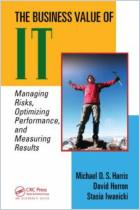
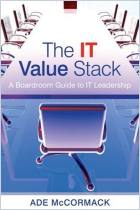
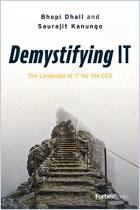
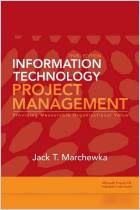
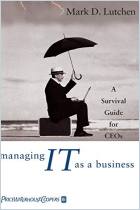
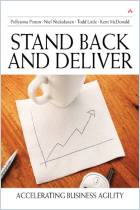


Comment on this summary or Start Discussion